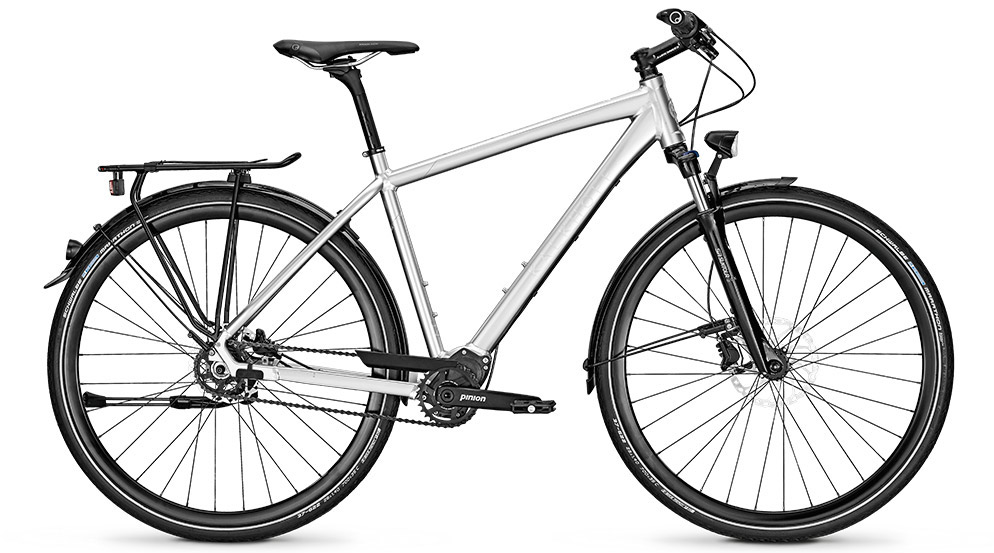In My Big Fat Greek Wedding, Toula (played by Nia Vardalos) falls in love with a non-Greek American, Ian Miller (played by John Corbett). When he has dinner with her family, he mentions that he's a vegetarian. The entire family stops and gasps. Toula's Aunt Voula says, "That's OK. I make lamb."
A former co-worker of mine told me that was pretty much the definition of "vegetarian", a term of derision or approbation in her hometown of Green Bay, Wisconsin. She insisted she wasn't joking when she told me that Jell-O with mini-marshmallows and Reddi-whip is considered a "salad" in "cheeseland."
She also affirmed another stereotype: People in her native city live for football (the American version). As it happens, Green Bay is the smallest city in North America with a major-league sports team. (Between 1972 and 1995, that distinction belonged to Quebec City, where the Nordiques of the World Hockey Association and, later, the National Hockey League played.) The object of Green Bay denizens' affection is, of course, the National Football League team known as the Packers.
Interestingly, the Green Bay Packers hold another distinction: They are the only North American major league sports team that is publicly owned. As I understand it, the Packers are, in this sense, no different from a public utility like an electric or water company.
Or the city's newest public enterprise: The Green Bay Bicycle Collective's new Community Bicycle Shop, which has just opened in a city-owned garage at 418 4th Street. This shop will hold bicycle maintenance classes and allow people to come in and work on their bikes for free. "If the garage door's open, anyone can come in," explains Heather Gentry, the Collective's president. She says the Collective also plans to launch an "earn a bike" program, in which students and other young people can learn volunteer at the shop in exchange for a bike, in the spring.
Rebecca Nyberg of Brown County Public Health describes this new venture as one more piece of her organization's effort, begun in 2004, to get more people, especially students and the young, to cycle and walk for transportation as well as recreation. Part of the effort, she says, has involved making bicycles more readily available and easier to access, and cycling safer and more practical. "We realized that if we don't make the right thing easier to do, we won't get anywhere with people," she explained.
And so her organization and the Collective have worked together to create a public good in a city that has a surprisingly (at least, to those who aren't familiar with it) rich history of communal effort and community ownership.
A former co-worker of mine told me that was pretty much the definition of "vegetarian", a term of derision or approbation in her hometown of Green Bay, Wisconsin. She insisted she wasn't joking when she told me that Jell-O with mini-marshmallows and Reddi-whip is considered a "salad" in "cheeseland."
She also affirmed another stereotype: People in her native city live for football (the American version). As it happens, Green Bay is the smallest city in North America with a major-league sports team. (Between 1972 and 1995, that distinction belonged to Quebec City, where the Nordiques of the World Hockey Association and, later, the National Hockey League played.) The object of Green Bay denizens' affection is, of course, the National Football League team known as the Packers.
Interestingly, the Green Bay Packers hold another distinction: They are the only North American major league sports team that is publicly owned. As I understand it, the Packers are, in this sense, no different from a public utility like an electric or water company.
Or the city's newest public enterprise: The Green Bay Bicycle Collective's new Community Bicycle Shop, which has just opened in a city-owned garage at 418 4th Street. This shop will hold bicycle maintenance classes and allow people to come in and work on their bikes for free. "If the garage door's open, anyone can come in," explains Heather Gentry, the Collective's president. She says the Collective also plans to launch an "earn a bike" program, in which students and other young people can learn volunteer at the shop in exchange for a bike, in the spring.
Rebecca Nyberg of Brown County Public Health describes this new venture as one more piece of her organization's effort, begun in 2004, to get more people, especially students and the young, to cycle and walk for transportation as well as recreation. Part of the effort, she says, has involved making bicycles more readily available and easier to access, and cycling safer and more practical. "We realized that if we don't make the right thing easier to do, we won't get anywhere with people," she explained.
And so her organization and the Collective have worked together to create a public good in a city that has a surprisingly (at least, to those who aren't familiar with it) rich history of communal effort and community ownership.


